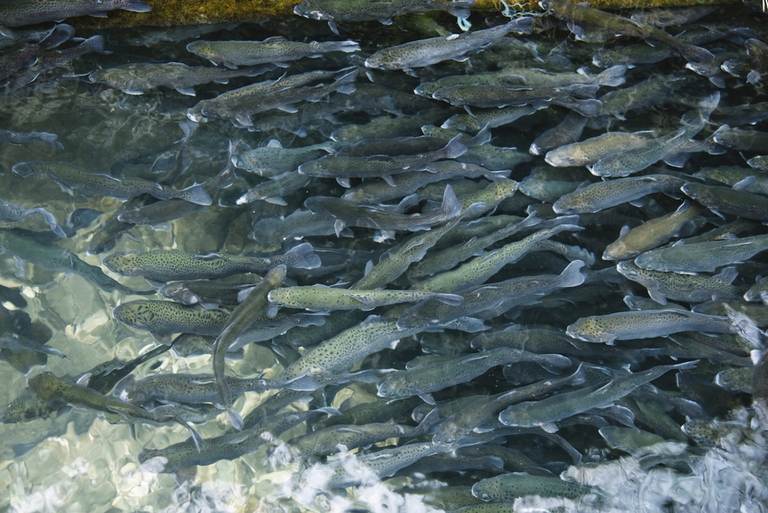https://www.lifegate.it/documentario-impatto-agricoltura
- |
- Is it right to encourage aquaculture with public funds?This is the question from which the documentary “Until the end of the world” starts.
- The investigation, a three-year journey across three continents, shows the unsustainable side of intensive fish farming.
- This production system impacts the marine ecosystem and threatens the survival of local communities.
THEaquaculture is the fastest growing food sector and promises to be one sustainable solution to feed a world population that could reach i 9.7 billion people in 2050:but is it really like that?

The documentary Until the end of the world, made by Francesco De Augustinis with the independent project One Earth Doc, it's a long journey three years through three continents – from Central Italy to Chilean Patagonia – which delves into the themes of food safety, pollution, use of resources, colonization linked to intensive fish production and which comes to a different conclusion:the local communities of different regions around the world are struggling against the expansion of fish farming which threatens their existence, polluting pristine waters, taking over natural resources and even encouraging hunger and food insecurity.
Until the end of the world:what is the impact of aquaculture in the world
As explained by the author, aquaculture is encouraged by Fao as a fundamental tool to implement the Blue transformation, with the aim of reduce meat consumption in favor of fish and reduce pressure on overfishing.The documentary therefore develops precisely from the question of whether it is right finance fish farming with public money.
The investigation discovers just as in the West i main beneficiaries of aquaculture funds be them breeding of the most valuable carnivorous species, especially i salmon, in Northern Europe and the Americas, the trout, and then the sea bass and the sea bream, especially in the Mediterranean, because it is these fish that bring the most profit and attract investors.
From the Greece at the Türkiye, the documentary then shows dozens of communities that have been fighting for some years against the proliferation of fish cages along their coasts because they are a threat to tourism, they kill the seabed with wastewater and chemicals, they compromise the biodiversity of the sea.
In West Africa what happens, however, is that local fishermen no longer have fish to bring to the table due to the excessive fishing linked to the production of fishmeal and fish oil for the manufacture of feed for fish farms in China and Europe.And here is the paradox of the system: half of all fish caught each year, in terms of individuals, are used to produce feed.
A short circuit that the industry is trying to resolve by researching new raw materials for feed such as krill caught in Antarctica, invertebrate marine organisms which however are the basis of numerous marine food chains.The investigation ends in South America, in Patagonia, where the salmon farms have transformed the environment and the local economy and threaten the indigenous populations.
Where to see the documentary “Until the end of the world”
The documentary is winner of the 2024 Environment Award 21st International Ocean Film Festival of San Francisco.The scheduled screenings can be consulted on the dedicated website.
